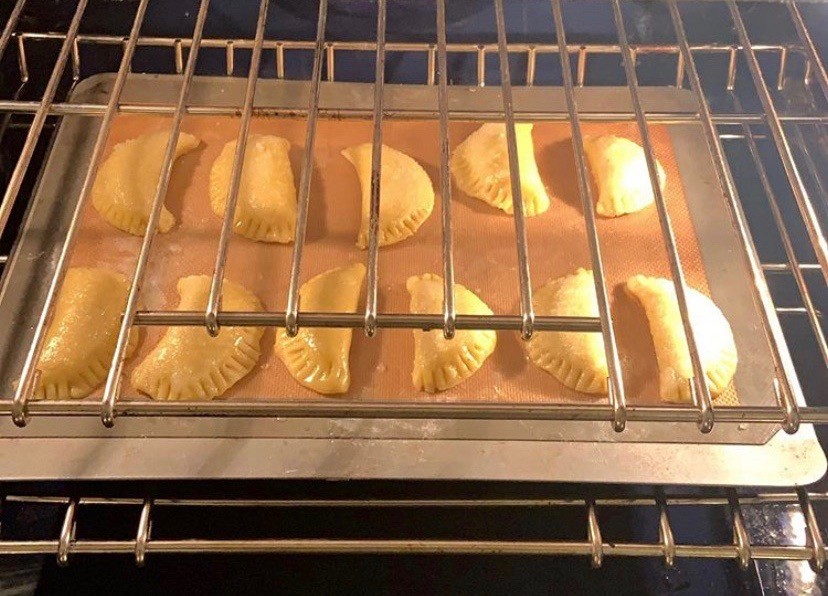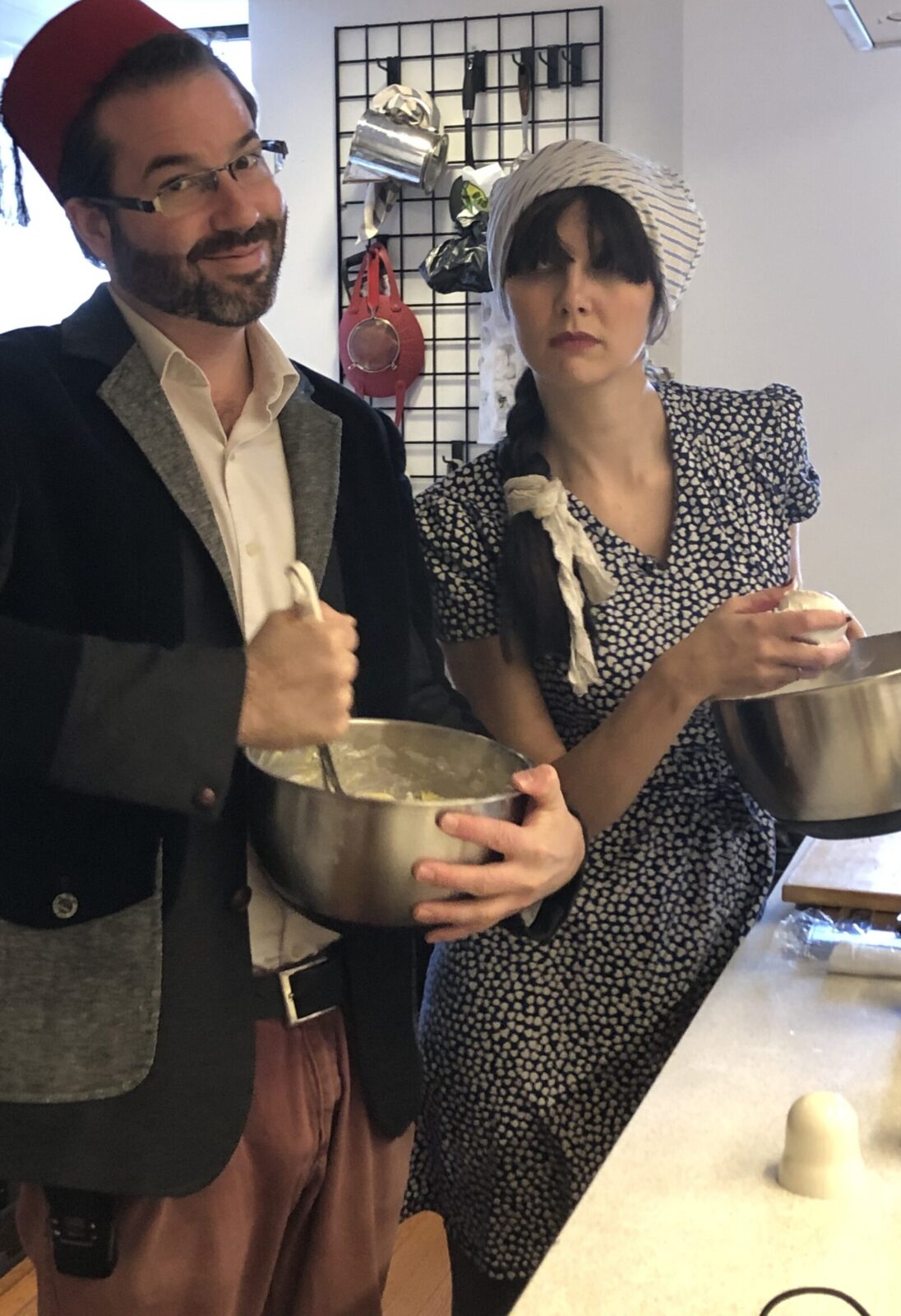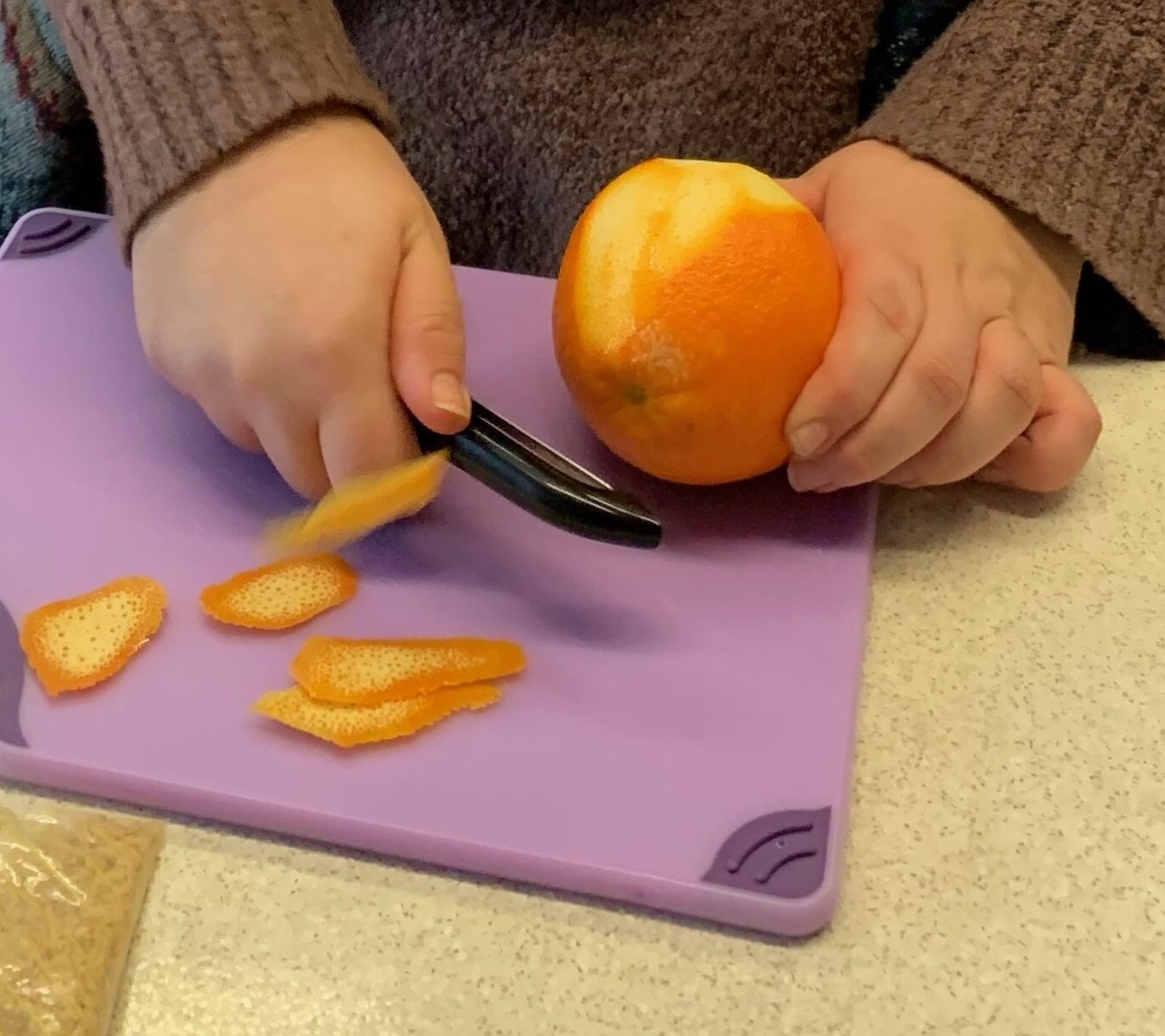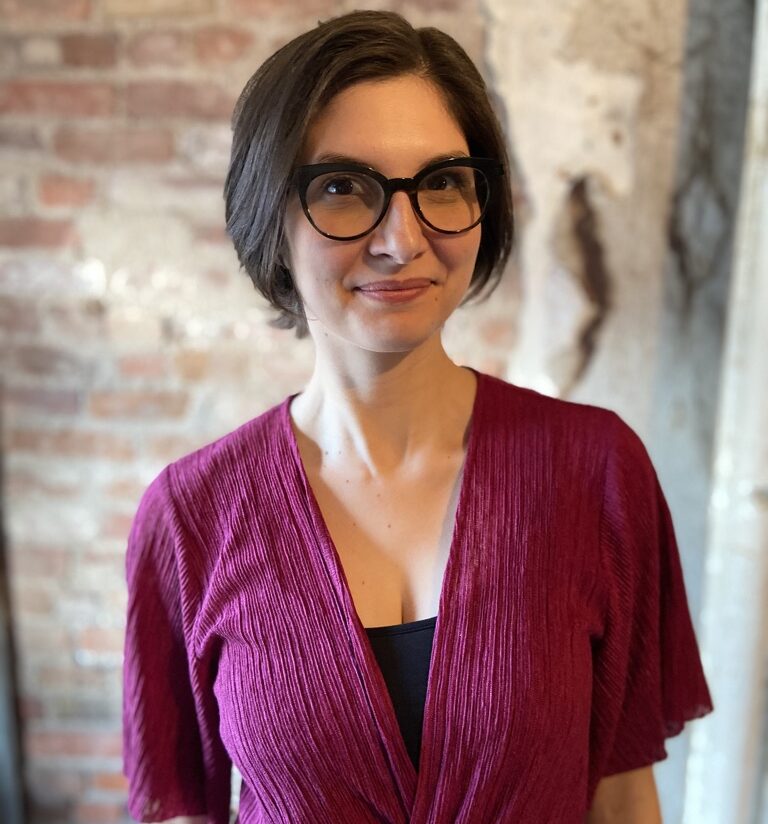For years now, Dolan and I have been leading the Meet Victoria tour at the Tenement Museum, a costumed-interpreter tour where you get to visit the home of a 14-year-old Sephardic girl named Victoria Confino. Over the course of your experience in a three roomed tenement apartment, a costumed interpreter portraying Victoria will show you around her home, answer your questions, and tell you stories. Stories about food are often accompanied with an invitation to smell some spices found in Victoria’s kitchen that are commonly used in Sephardic cooking, like cinnamon, cumin, allspice, and black pepper among them.
When the Confino family left Kastoria (then Turkey, modern day Greece) they couldn’t bring many items with them, but they worked to recreate their favorite dishes from home here on the Lower East Side. The descriptions of food from Victoria’s hometown of Kastoria have often made me wish that Victoria could cook for me.
Victoria Confino died in 1989 at the age of 87, but her recipes live on. So, last December, Dolan and I set off to recreate her Baklava Cookie recipe that was shared with the Tenement Museum by her granddaughter.



